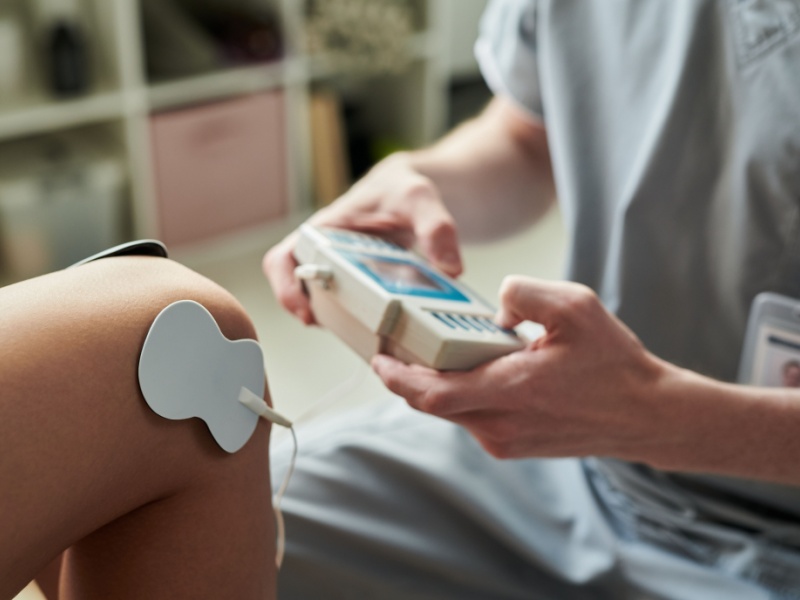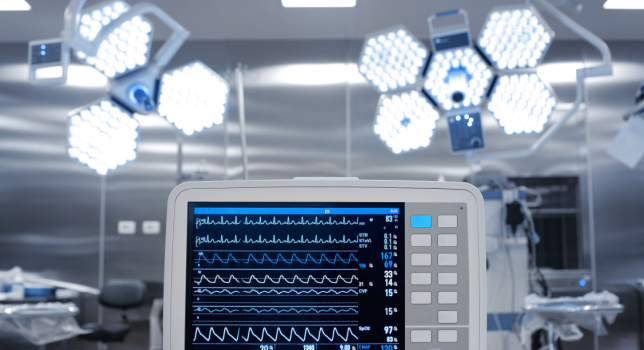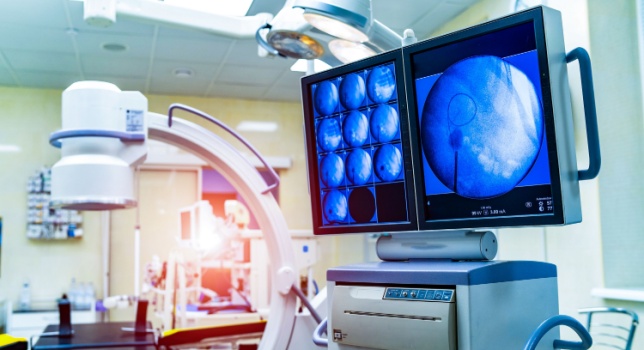The medical device industry operates at the intersection of innovation and stringent regulation. For suppliers, maintaining compliance while adapting to technological advancements is a constant challenge. Central to this landscape is ISO 13485, the international standard for quality management systems (QMS) in the medical device sector. While the current version, ISO 13485:2016, provides a robust framework, the industry is not static. Emerging trends are set to influence the standard's future evolution and redefine compliance for suppliers.
Understanding these future trends is not just an academic exercise; it is a strategic imperative. For medical device suppliers, foresight into the evolution of ISO 13485 allows for proactive adaptation of quality management systems. This ensures not only continued compliance but also a competitive advantage in a rapidly changing market. This post will explore the key trends shaping the future of ISO 13485 and what they mean for your organization.
The Push for Greater Harmonization
A significant trend influencing the future of ISO 13485 is the ongoing global push for regulatory harmonization. Regulatory bodies worldwide are increasingly aligning their requirements to streamline the approval process for medical devices. The International Medical Device Regulators Forum (IMDRF) continues to play a pivotal role in this effort, and ISO 13485 is a cornerstone of its strategy.
For suppliers, this means that compliance with a future version of ISO 13485 will likely satisfy the QMS requirements of multiple jurisdictions with fewer local variations. This trend aims to reduce the administrative burden and costs associated with entering new markets. However, it also raises the bar, as the harmonized standard may incorporate stricter elements from various leading regulatory systems, such as the FDA's Quality System Regulation (QSR) and the EU's Medical Device Regulation (MDR). Suppliers should monitor IMDRF guidance documents and anticipate a greater convergence of global regulatory expectations within the ISO framework.
Integrating Advanced Technologies and Digital Health
The proliferation of digital health technologies, including Software as a Medical Device (SaMD), artificial intelligence (AI), and the Internet of Things (IoT), presents a new frontier for quality management. The current ISO 13485:2016 standard addresses software validation, but future revisions will need to provide more explicit guidance on managing the unique risks associated with these advanced technologies.
Artificial Intelligence and Machine Learning
AI and machine learning (ML) algorithms, which can learn and change over time, challenge traditional validation and change control processes. Future iterations of ISO 13485 will likely include more detailed requirements for:
- Data Management: Ensuring the quality, integrity, and security of the large datasets used to train and validate AI/ML models.
- Algorithmic Change Control: Establishing processes for managing and documenting changes to algorithms post-market without compromising safety or performance.
- Cybersecurity: Integrating robust cybersecurity risk management throughout the product life-cycle, from design to decommissioning.
Cybersecurity as a Core Component of Safety
As medical devices become more interconnected, their vulnerability to cyber threats increases. Cybersecurity is no longer just an IT issue; it is a patient safety issue. Future updates to ISO 13485 are expected to integrate cybersecurity risk management more formally into the overall risk management framework (as outlined in ISO 14971). Suppliers will need to demonstrate that they have identified cybersecurity threats, assessed vulnerabilities, and implemented effective controls as part of their design and post-market surveillance activities.
A Sharpened Focus on Supply Chain Management
The COVID-19 pandemic exposed significant vulnerabilities in global supply chains, and the medical device industry was no exception. This experience has intensified the regulatory focus on supply chain resilience and transparency. Future developments in ISO 13485 will almost certainly place greater emphasis on the control and monitoring of suppliers and outsourced processes.
Suppliers can expect more rigorous requirements for:
- Supplier Qualification and Monitoring: A more robust and risk-based approach to selecting, evaluating, and re-evaluating suppliers. This may include on-site audits and performance metrics.
- Traceability: Enhanced traceability requirements throughout the supply chain to quickly identify and address issues with components or materials.
- Business Continuity Planning: Formal requirements for suppliers to have documented business continuity plans to manage disruptions and ensure a consistent supply of safe and effective devices.
Emphasis on Post-Market Surveillance and Lifecycle Management
The paradigm in medical device regulation has shifted from a pre-market focus to a total product life-cycle approach. The EU MDR has been a major driver of this shift, and its principles are expected to influence future versions of ISO 13485. This means a greater emphasis on proactive post-market surveillance (PMS) and the collection of real-world data to continuously evaluate device safety and performance.
For medical device suppliers, this translates into a need for more robust systems to:
- Collect and Analyze Post-Market Data: This includes complaints, user feedback, and data from clinical follow-up studies.
- Produce Periodic Safety Update Reports (PSURs): Future standards may require regular, systematic reviews of post-market data, similar to the PSURs mandated by the EU MDR.
- Feed Data Back into the QMS: A closed-loop process where post-market data is used to inform risk management, design changes, and updates to clinical evaluations.
Preparing Your Organization for the Future
The evolution of ISO 13485 is not a matter of if, but when. While the next major revision may still be several years away, the direction of change is becoming clear. Medical device suppliers that take a proactive approach will be best positioned to navigate the transition smoothly and maintain a competitive edge.
To prepare, organizations should focus on strengthening their QMS in the key areas identified: enhancing supply chain controls, integrating cybersecurity into risk management, and building robust post-market surveillance processes. By aligning with these emerging trends now, you not only prepare for future compliance but also build a more resilient and effective quality management system for today's demanding market.
Contact us today to learn more about strengthening your quality management system or to request a personalized quote for ISO 13485 certification.





